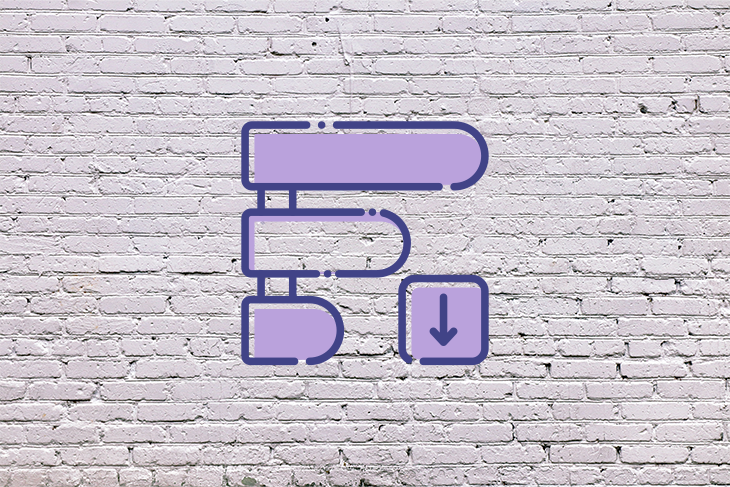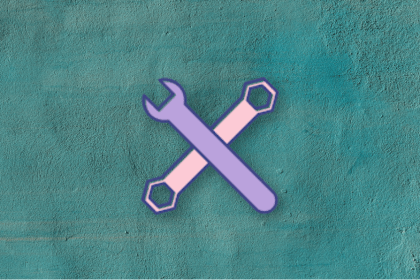Your job isn’t to create a scary backlog but to create value. That’s why it’s time to change the game.

Product managers and product owners should stop:
It’s time to take the driver’s seat and level up product ownership at your company.
I understand companies’ firewalls limit product owners because they haven’t experienced what it means to be a product-led organization. I’ve been a backlog owner for years, and it sucks — I wouldn’t wish it on anybody.
In this guide, I’ll teach you how to act as a product owner instead of a backlog owner. I’ll explain the difference between being a backlog owner and a true PO and share insights from my experience to help you step up your game and elevate the product owners around you.
The sad fate of product owners drives me nuts. We hire great professionals who are excited to become rockstars at their new company but quickly run into the corporate firewall. From there, they’re often demoted, so to speak, to backlog owner.
If you’re a product owner, you’ll inevitably be expected to work as a backlog owner at some point. But with the right approach, you can transform the scenario.
What I’m about to share may step on your toes; I’m sorry for that. I want to help you see the light at the end of the tunnel. I want to give you a perspective to envision what it means to be a real product owner:
If you’re currently a backlog owner, you may feel offended or overwhelmed after reading the list above; I’m sorry for that. I do feel your pain. Like I said, I’ve been a backlog owner myself.
Most product owners will, at some point in their career, land a new job and find that they’re expected to act as a backlog owner. That’s normal. Next, we’ll show you how to differentiate yourself and become an outstanding product owner instead of an ordinary backlog owner.
I must set clear expectations: the journey from backlog owner to product owner is long and stressful, yet rewarding. We’re talking about years, not months.
If you want to stay where you are as a backlog owner, I don’t blame you — and I’d say companies would be happy to pay you a significant salary. You may not have much fun at work, but that’s subjective.
However, if you want to become a product owner, I suggest you continue reading.
Stakeholders won’t like you once you start acting as a product owner — at least, not at first. However, if you do it the right way, they will eventually come to admire and respect you.
I’ll share a general roadmap for moving from a backlog owner role to become an impactful product owner, including:
I will share some things you can do right now, things you should tackle soon, and activities you should carry out continuously. I hope it helps!
Don’t leave for tomorrow what you can do today.
Some things I’m about to share might jar you, but don’t be afraid to take a leap of faith. Taking the steps below will make your life easier:
You’ve got to remove old backlog items — but what does old mean?
Here’s my rule of thumb: if something doesn’t make it to a sprint in three months, you should delete it. If that’s too painful for you, you can archive these items.
Create a habit of cleaning your backlog at least once a week.
I do this every Friday morning. I have filters set up so it doesn’t take more than five minutes.
Ensure your backlog remains lean and clean.
If you’re used to writing detailed backlog items, stop. Write broken ones and focus on the problem.
I know developers won’t like that, but you can start small. Pick one or two items like that and gradually adapt all of them.
The next step is preparing the foundations for great things to happen. These steps will require more conversations and alignment:
Do you have defined goals or do you have feature roadmaps? The former creates room for creativity, while the latter puts pressure on your back.
I’d suggest setting a goal that business people can support and the team can commit to. This will be challenging if your organization is output-oriented.
Start small. Try getting support to use 20 percent of your roadmap for a goal and then scale up.
Once you have defined goals, remove all backlog items unrelated to them. That will ensure you don’t waste your time with distractions.
Just do it. Important things will always come back to your plate.
Business people shouldn’t decide what you do but help you create value. What I mean is, don’t assume the business knows best what customers need.
Set a routine to talk to customers at least once a week. Yes, you read that right: once a week.
Let me be clear: you have no business without understanding your customers.
What can you learn from available data? Check your current tracking and tune it to ensure you’re ready to measure the outcome.
Ideally, you should understand what leads to conversion, why customers drop, demographics, user behavior, and so on.
Evaluate how customers benefit from your current features. Look at available data and interview customers.
You’ll learn that some features aren’t used, and some are confusing. Retire pointless features and address necessary improvements on confusing ones.
The tricky thing about being a product owner is that almost nobody will get the point. You will continuously need to work on coaching opportunities and persuade leadership to support a different way of working.
Here are some tips:
Try inspiring people. Host workshops to show them the advantages of having an outcome mindset and applying solid product management.
Bring real-world examples. You can even try bringing external speakers. Keep sharing knowledge.
Inspiration isn’t enough; you need to bring results.
Leadership won’t support you in changing everything at once, but they might support you on a small scale. Pick your battles wisely and bring results. This will bring confidence and help you change gradually.
Master the art of asking questions related to outcomes. Help your stakeholders move from solutions to problems, from outputs to outcomes, and from wants to needs.
This attitude will help you uncover critical aspects, focus on what creates value, and drop what doesn’t.
Any journey worth taking is a challenge, but it’s always easier if you have someone to support you along the way.
Find a mentor who is two or three steps ahead of you. Eventually, you might even try getting the company to hire a consultant to help you.
This part is more complicated, but start with the cards you can play with and then step up your game.
Being a backlog owner is limiting but safe. You can succeed as a backlog owner by doing what people tell you to do. If you fail, you can always blame them.
However, in my opinion, it’s not an inspiring career; it’s just a 9-to-5 job. You won’t make the world a better place as a backlog owner. A real product owner, on the other hand, can move the needle.
It’s going to be stressful. Your days will be like a rollercoaster, full of ups and downs. It’s not a 9-to-5; it’s an exhausting job that you will often think about long after working hours. But you will be motivated because you can connect your actions to improving people’s lives.
Make your choice and make the best of it.
Featured image source: IconScout

LogRocket identifies friction points in the user experience so you can make informed decisions about product and design changes that must happen to hit your goals.
With LogRocket, you can understand the scope of the issues affecting your product and prioritize the changes that need to be made. LogRocket simplifies workflows by allowing Engineering, Product, UX, and Design teams to work from the same data as you, eliminating any confusion about what needs to be done.
Get your teams on the same page — try LogRocket today.

Stop letting unreliable data block features. Treat data as inventory to track quality, ownership, and ship with confidence.

Learn why slide decks slow teams down and explore better tools like whiteboards, PRDs, and prototypes to improve collaboration and alignment.

AI PM roles are evolving fast. Learn the five types of AI PMs, the skills they need, and how they shape AI products across industries.

Learn how you can use AI agents to automate workflows, boost productivity, and choose the right tools while avoiding common pitfalls.